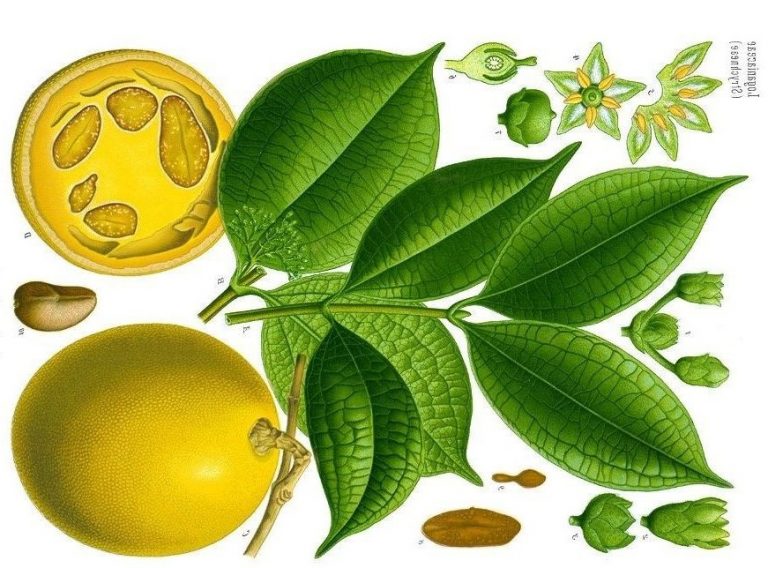Boericke on Ignatia Amara (Ign.)
 Ignatia Amara (St Ignatius Bean)
Ignatia Amara (St Ignatius Bean)
Produces a marked hyperæsthesia of all the senses, and a tendency to clonic spasms. Mentally, the emotional element is uppermost, and co-ordination of function is interfered with. Hence, it is one of the chief remedies for hysteria. It is especially adapted to the nervous temperament-women of sensitive, easily excited nature, dark, mild disposition, quick to perceive, rapid in execution. Rapid change of mental and physical condition, opposite to each other. Great contradictions. Alert, nervous, apprehensive, rigid, trembling patients who suffer acutely in mind or body, at the same time made worse by drinking coffee. The superficial and erratic character of its symptoms is most characteristic. Effects of grief and worry. Cannot bear tobacco. Pain is small, circumscribed spots (Oxal ac). The plague. Hiccough and hysterical vomiting.
Mind.–Changeable mood; introspective; silently brooding. Melancholic, sad, tearful. Not communicative. Sighing and sobbing. After shocks, grief, disappointment.
Head.–Feels hollow, heavy; worse, stooping. Headache as if a nail were driven out through the side. Cramp-like pain over root of nose. Congestive headaches following anger or grief; worse, smoking or smelling tobacco, inclines head forward.
Eyes.–Asthenopia, with spasms of lids and neuralgic pain about eyes (Nat m). Flickering zigzags.
Face.–Twitching of muscles of face and lips. Changes color when at rest.
Mouth.–Sour taste. Easily bites inside of cheeks. Constantly full of saliva. Toothache; worse after drinking coffee and smoking.
Throat.–Feeling of a lump in throat that cannot be swallowed. Tendency to choke, globus hystericus. Sore throat; stitches when not swallowing; better, eating something solid. Stitches between acts of swallowing. Stitches extend to ear (Hep). Tonsils inflamed, swollen, with small ulcers. Follicular tonsillitus.
Stomach.–Sour eructation. All-gone feeling in stomach; much flatulence; hiccough. Cramps in stomach; worse slightest contact. Averse to ordinary diet; longs for great variety of indigestible articles. Craving for acid things. Sinking in stomach, relieved by taking a deep breath.
Abdomen.–Rumbling in bowels. Weak feeling in upper abdomen. Throbbing in abdomen (Aloe; Sang). Colicky, griping pains in one or both sides of abdomen.
Rectum.–Itching and stitching up the rectum. Prolapse. Stools pass with difficulty; painful constriction of anus after stool. Stitches in hæmorrhoids during cough. Diarrhœa from fright. Stitches from anus deep into rectum. Hæmorrhage and pain; worse when stool is loose. Pressure as of a sharp instrument from within outward.
Urine.–Profuse, watery (Phos ac).
Respiratory.–Dry, spasmodic cough in quick successive shocks. Spasm of glottis (Calc). Reflex coughs. Coughing increases the desire to cough. Much sighing. Hollow spasmodic cough, worse in the evening, little expectoration, leaving pain in trachea.
Female.–Menses, black, too early, too profuse, or scanty. During menses great languor, with spasmodic pains in stomach and abdomen. Feminine sexual frigidity. Suppression from grief.
Extremities.–Jerking of limbs. Pain in tendo-Achillis and calf. Ulcerative pain in soles.
Sleep.–Very light. Jerking of limbs on going to sleep. Insomnia from grief, cares, with itching of arms and violent yawning. Dreams continuing a long time; troubling him.
Fever.–Chill, with thirst; not relieved by external heat. During fever, itching; nettle-rash all over body.
Skin.–Itching, nettle-rash. Very sensitive to draught of air. Excoriation, especially around vagina and mouth.
Modalities.–Worse, in the morning, open air, after meals, coffee, smoking, liquids, external warmth. Better, while eating, change of position.
Relationship.–Compare: Zinc; Kali phos; Sep; Cimicif. Panacea arvensis–Poor man’s Mercury–(Sensitiveness over gastric region with hunger but an aversion to food).
Complementary: Nat mur.
Incompatible: Coffea; Nux; Tabac.
Antidotes: Puls; Cham; Cocc.
Dose.–Sixth, to 200th potency.
(Extracted from Materia Medica by William Boericke MD (1901). This materia medica is a condensed and concise list of remedy symptoms from provings and clinical usage. Later editions include a repertory at the back of the book. The focus of this materia medica, unlike some modern materia medicas, is on physical symptoms and pathology more than mental-emotional symptoms)




